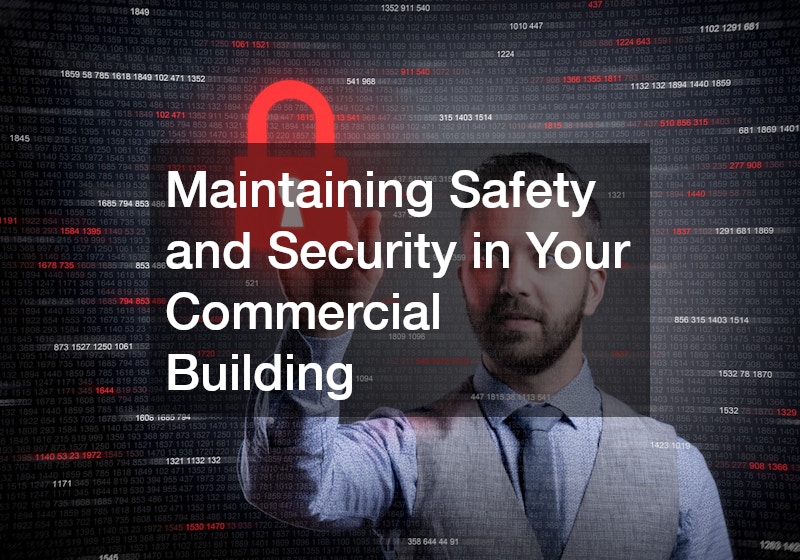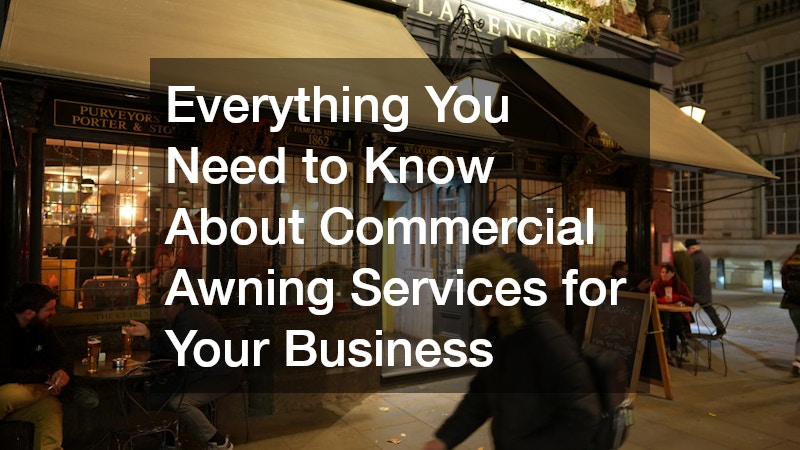When it comes to starting a business, there are several options to choose from. One of the most common is the sole proprietorship. This article will give you a closer look at the pros and cons of this type of business structure and what you must consider before deciding if it is right for you.
The Pros of a Sole Proprietorship
A sole proprietor is the solo owner and operator of a business. A few key advantages come with owning this type of business.
First, sole proprietorships are the simplest and most inexpensive to set up and maintain since there is only one owner. This business structure doesn’t require much paperwork to get started.
Second, the sole proprietor has complete control over the entire business and can make all decisions. This covers both daily operations and the long-term direction.
Overall, a sole proprietorship is a good option for someone who wants to start a small business with minimal hassle and be in full control.
The Cons of a Sole Proprietorship
There are also a few downsides to a sole proprietorship. The owner is personally responsible for all debts and losses incurred by the business. This means that their personal assets, such as their home or savings, are at risk if the business can’t pay its debts.
Another downside is that sole proprietorships can have difficulty raising money since only one owner exists. Investors will want some degree of control over the company, and as the sole owner, you may not want that. This can limit the growth potential of the business.
Sole proprietorships also tend to have shorter lifespans than other business structures since they are so closely linked to the owner. If the owner dies or becomes incapacitated, the business will likely dissolve.

Things to Consider When Deciding Whether to Set Up as a Sole Proprietorship
Now that you know more about the pros and cons of a sole proprietorship, there are a few key points to keep in mind before deciding if this is the right business structure for you.
The first thing that you should remember about a sole proprietorship is personal liability.
You need to be comfortable assuming all the risk yourself since you will be personally responsible for any debts or losses the business incurs. Keep in mind that debtors can strip you of your assets.
There is a work-around against losing your personal assets, though, and that is chapter 13 bankruptcy filing. You cannot file as a business, but you can do so as an individual. Since your business and personal debts are combined, you can do this to address business debts when they become overwhelming. The court will create a repayment plan for you to follow for the next three to five years without having to give up your assets. If your income is not enough to cover all your debts by the end of that period, the court may decide to condone the balance.
Second, you need to be prepared to put in long hours since you will be running the show by yourself. This can be difficult and tiring, especially in the early stages when you are still trying to get the business off the ground. Of course, you can hire people to do things for you once you earn enough to pay them regularly. You just can’t rely on any partners to share the load.
You should also have a solid plan in place and know what you want to achieve with your business. This will help you stay focused and motivated when things get tough.
Last, make sure that you are comfortable making all the decisions yourself. This includes both big-picture strategic decisions as well as day-to-day tasks. If you like having a lot of control and being able to make all the decisions, a sole proprietorship is a good option for you.
How to Set Up a Sole Proprietorship
If you’ve decided that a sole proprietorship is right for you, there are just a few simple steps to follow to get your business up and running. First, you need to come up with a business name and register it with your state or local government.
If you are not hiring employees and not filing excise or pension plan tax returns, the Internal Revenue Service (IRS) does not require you to get an employer identification number (EIN). You can just use your social security number as your taxpayer identification number. Once you intend to hire an employee, though, or file a pension plan or excise tax return, you will need to get an EIN.
Once you have everything in place, you can start promoting and selling your products or services. Keep in mind that as a sole proprietor, you are responsible for all aspects of the business, from marketing to accounting and everything else.
Make Your Sole Proprietorship Successful
Be sure to weigh the pros and cons carefully if you’re thinking of setting up as a sole proprietor. Consider your own strengths and weaknesses and whether you’re comfortable assuming all the risk for your business. If you can answer yes to these questions, then a sole proprietorship may be the right choice for you. Just remember to keep focused on your goals and stay motivated when things get tough.





